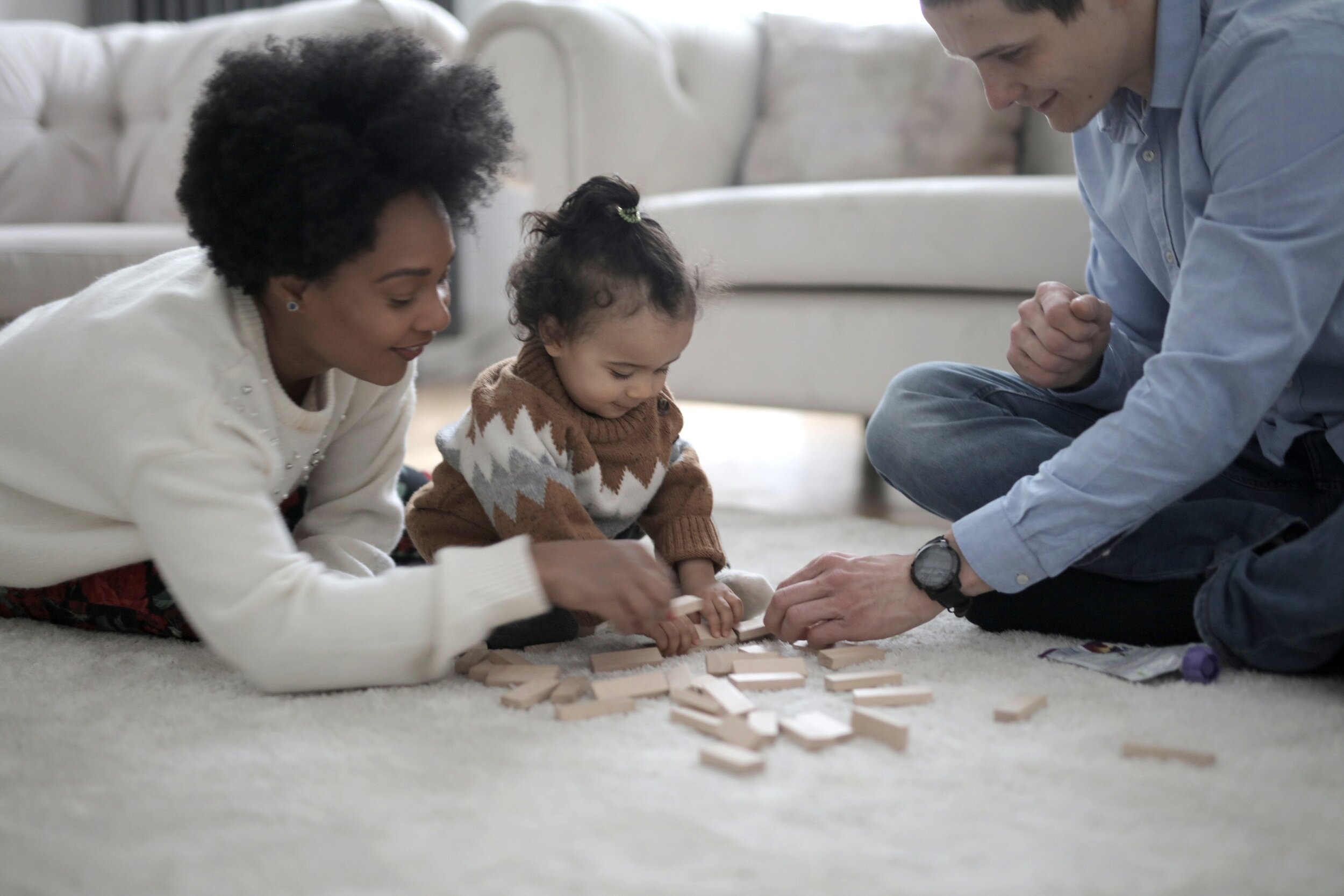The Best Toys and Tools for Sitting
Sitting opens up all kinds of fun activities for you and your baby. Whether you’re still in the supported-sitting stage or you’ve moved on to sitting independently, having the right toys and tools can make the experience more successful — and more fun!
We know playing with toys that are safe and engaging is important. We’ve gone through lists and list of them ourselves, and these are the toys and tools we suggest:
Sitting Toys
Sitting Tools
Sometimes our babies need a little extra help. These tools can encourage a positive sitting experience and make up for some of the struggles that a baby might face in figuring out this process:
Your baby can use this yoga block if his torso is just a little too short to get comfortable sitting on his own. With it, he can keep his hips rotated out in a slight ring-sitting position with his feet together. Bonus: it will also help you reach your yoga goals!
This sitting wedge can help guide your baby into a comfortable upright posture. However, if you notice your baby is having a significantly difficult time extending through their spine and head, it’s important to consult your pediatrician or local physical therapist.
Sitting Containers
At Rocketship, we feel like it’s best to learn how to sit without a container. However, we know there are some times when these can be useful. There are a lot of types of containers out there, including seats, standers, swings, bouncers, high chairs, and jumpers. We’ll share our favorites here and in other posts, but just remember the container rule: 15 minutes increments for up to an hour a day.
Sometimes following the container rule just doesn’t work for the day. If your baby needs this extra support or you're finding you need a safe seat for her while you work from home, the Upseat is a great option. It places your baby’s pelvis and trunk in a better position than most other containers.
These seats offer minimal but good support, allowing your baby to stretch, wiggle, lean, reach, and move without being stuck in a certain position.
Jessica is an experienced physical therapist passionate about early development, gross motor play, and improving daily function for those with neurological diagnoses. She earned her undergraduate degree in kinesiology from Michigan State University and her doctorate in physical therapy from Daemen College. Practicing for nearly seven years, Jessica has worked with children and families in hospital, outpatient, early intervention, school-based, and private clinical settings.
Jessica lives in northern Michigan, where she spends as much time as possible outside. She’s mom to five-month-old Declan and aunt to two energetic toddlers, two-year-old Tallulah and three-year-old Grayson.

















